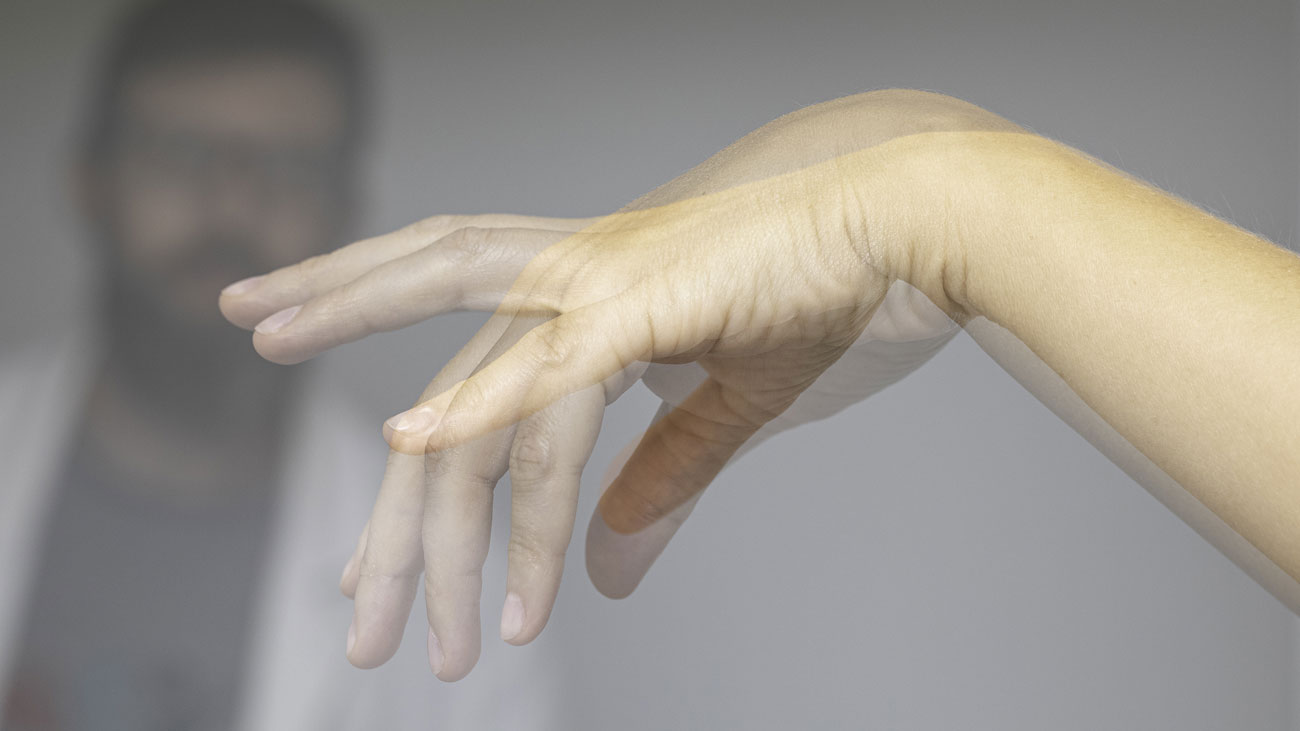
Outdoor workers not protected from the sun
It is a fact that those who work outdoors have a higher than average risk of developing skin cancer. Despite this, a YouGov survey commissioned in April 2023 by SC Johnson Professional found that 30% of outdoor workers never apply UV protection cream whilst at work. A third (34%) of these respondents claimed that nothing would encourage them to do so, illustrating the scale of the challenge faced by employers.
The findings build on previous research into attitudes towards UV protection at work, of both those who work outdoors as well as decision makers and health and safety managers in relevant sectors. In this most recent research, SC Johnson Professional commissioned YouGov to survey a representative sample of workers in the UK, with a total of 558 people who regularly worked outdoors responding, to delve into the ‘why’ behind the attitudes – looking into the reasons for the lack of use of UV protection at work.
Why don’t outdoor workers use UV protection?
One death and five new cases of skin cancer per week in Britain could be attributed to occupational UV exposure. Each episode of sunburn increases the risk of getting skin cancer. So why do those who work outdoors in the UK avoid using sun protection cream and other sun protection measures at work?
In this latest survey, a third of those who never use UV protection at work said that they didn’t think it was necessary. In a 2020 survey of 114 UK health and safety officials, 30% of these decision makers also said that they believed the reason for lack of UV protection usage was due to a general belief that this type of protection at work in the UK is unnecessary. Further to this, 28% stated that they don’t burn easily in the sun, citing this as their reason for never using UV protection.
It is advised that, once the UV index reaches three or above, sun protection measures should be taken. During the summer months in the UK, the UV index regularly exceeds this level, and according to the Met Office, UV rays can be strong enough to cause sunburn in the UK between April and September. As well as this, 80% of UVA rays pass through clouds. What is clear, is that UV protection is recommended and required during this six-month period in the UK – more awareness is needed to encourage those who work outdoors to use it.
A look at employer provision and responsibility
Sixteen per cent of those who never use sun protection at work said this was because it wasn’t provided by their employer. Having this protection provided by their workplace was cited by almost a quarter (24%) as something that would encourage them to use UV protection – and more than a fifth (22%) also stated that having sun protection cream accessible when needed would encourage usage.
The Health and Safety at Work etc. Act 1974 states that there is a legal duty on every employer to ensure, as far as reasonably practical, the health of their employees. The Management of Health and Work Regulations also requires the employer to conduct a suitable assessment of the risks to the health of their workforce, including those risks from UV radiation.
Providing good quality sun protection cream when and where it is needed, such as workplace entrances/exits and outdoor areas, is one simple way that employers can fulfil their duty of care and raise awareness of the risks of over-exposure. According to this latest research, it is also one of the most effective ways to encourage UV protection usage in itself.
Product priorities
The survey also asked outdoor workers who do use sun protection creams, what the most important thing was when it came to sun protection cream itself. Over half (54%) said that they prioritised high UV protection. Forty-seven per cent said that they prefer a non-greasy product, and a third said that they placed importance on it being water resistant. Having a product available that is fit for purpose, developed specifically for professional use and that meets user needs is crucial, especially when UV protection is at stake.
Training and awareness
Significantly, the research found that, of those who never apply sun protection cream at work, over a third (34%) state that nothing would encourage them to do so. However, nearly two-thirds (61%) of those who work outdoors agreed that understanding the effects of UV damage encourages them to use sun protection cream at work. Further to this, when comparing responses from those who work outside for more than 25% of the time with those who spend more than half their working time outdoors, the survey found little difference between attitudes towards UV protection.
As well as ensuring the health of employees, the Health and Safety at Work etc. Act 1974 states that employers must provide ‘information, instruction, training and supervision’ to ensure their workforce’s safety. As a decision maker or health and safety manager, the challenge is to encourage those who never use UV protection to consider it, and to help outdoor workers understand the effects of UV damage – even if employees spend the majority of their time working outside, they may still be unaware of the risks it can bring.
Considering the demographics of outdoor workers
When taking a deeper dive into how gender affected respondents’ answers, it was found that women are significantly more likely than men to apply sun protection cream at work at least once per day (28% vs 18%), and that men are more likely to think that sun protection cream is unnecessary at work (36%) than women (21%). It is more difficult to encourage men to use sun protection cream at work than women; 38% of men said nothing would encourage them to do so, versus 25% of women.
The research wanted to see if age had an impact on workers’ attitudes towards sun protection measures. The survey revealed the older the respondent, the more likely they are to feel that high UVA and UVB protection is important in a sun protection cream.
There are many potential effects of the warmer weather on employees – not just outdoor workers. Last week, we discussed the fact that there is no maximum temperature in the workplace. Read the article here.







